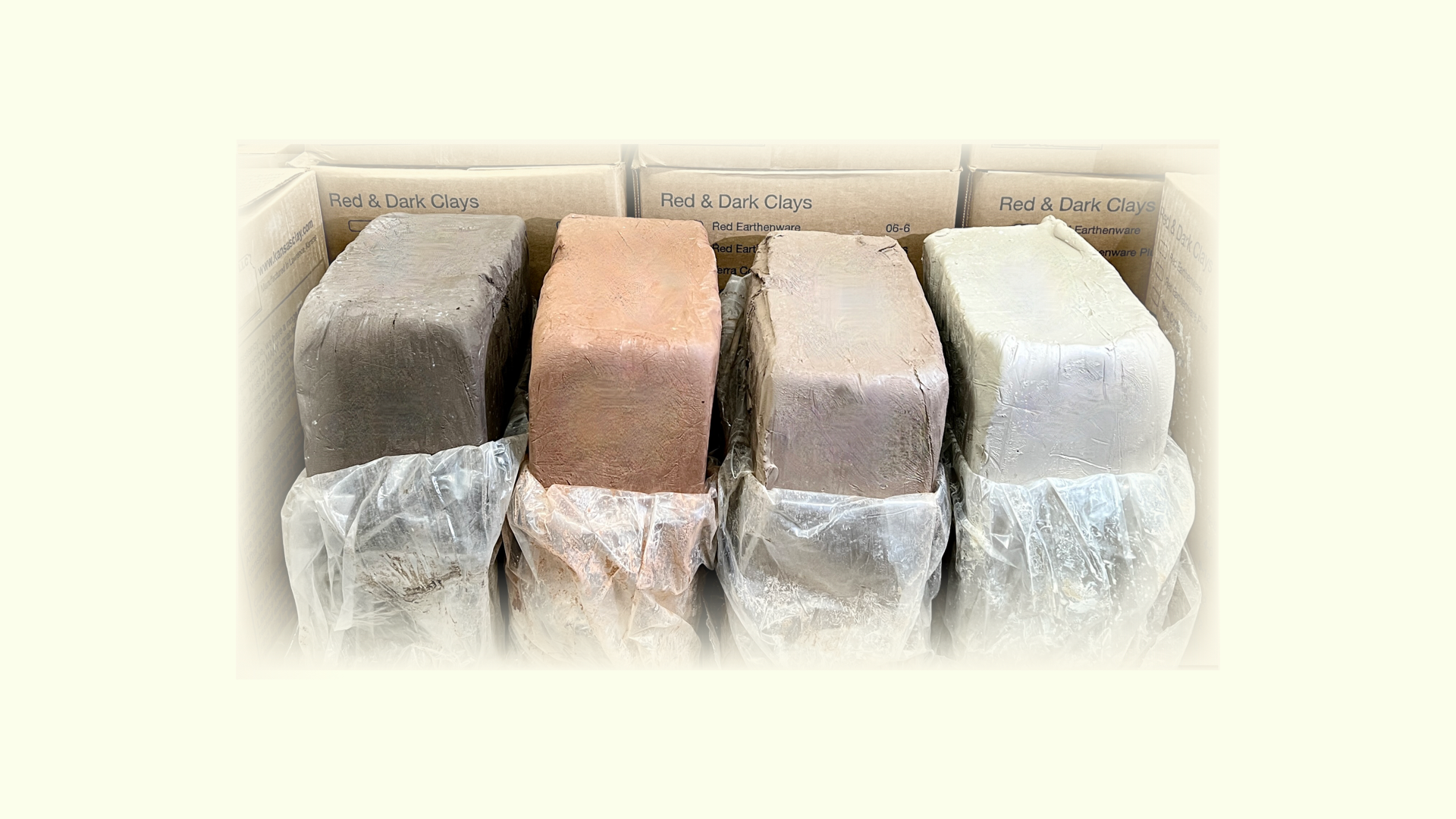Sodium Silicate
Sodium Silicate
Share this product
Na2SiO3 Deflocculant, De-flocculant
Formula: Na2SiO3
Alternate Names: Waterglass
| OXIDE | ANALYSIS | FORMULA |
|---|---|---|
| Na2O | 50.78% | 1.00 |
| SiO2 | 49.22% | 1.00 |
| Density (Specific Gravity) | 2.40 | |
| Melting Point (MP) | 1080°C | |
The most popular deflocculant used in casting slips for many years. It is nearly always used with soda ash (when employed alone it can make a slip 'stringy' and thixotropic). The material is effective, reliable and inexpensive. However, it attacks the plaster in molds much more than more modern deflocculants and it is easier to over-deflocculate a slip with sodium silicate.
There are potassium based deflocculants that are similar to the corresponding sodium ones. They can be employed where the presence of sodium is undesirable. Soda ash is more suitable for deflocculating glazes. In addition, a wide range of organic deflocculants are available as alkali salts of pyrogallic, humic or tannic acids. They have long working ranges and can increase the apparent plasticity of the clay. As noted, their use prolongs mold life compared with sodium silicate and soda ash and they are less prone of over-deflocculation. Tetramethylammoniumhydroxide is also an organic compound that is used where residues from inorganic salts cannot be tolerated. It is a strong base that can even attack glass and quartz.
Also used as a binder in ceramic bodies.
Hurry up, only 5 items left in stock.
Your payment information is authorized at checkout, your order is then reviewed by staff, and your payment is processed securely after your order is confirmed. We do not store credit card details nor have access to your credit card information.








